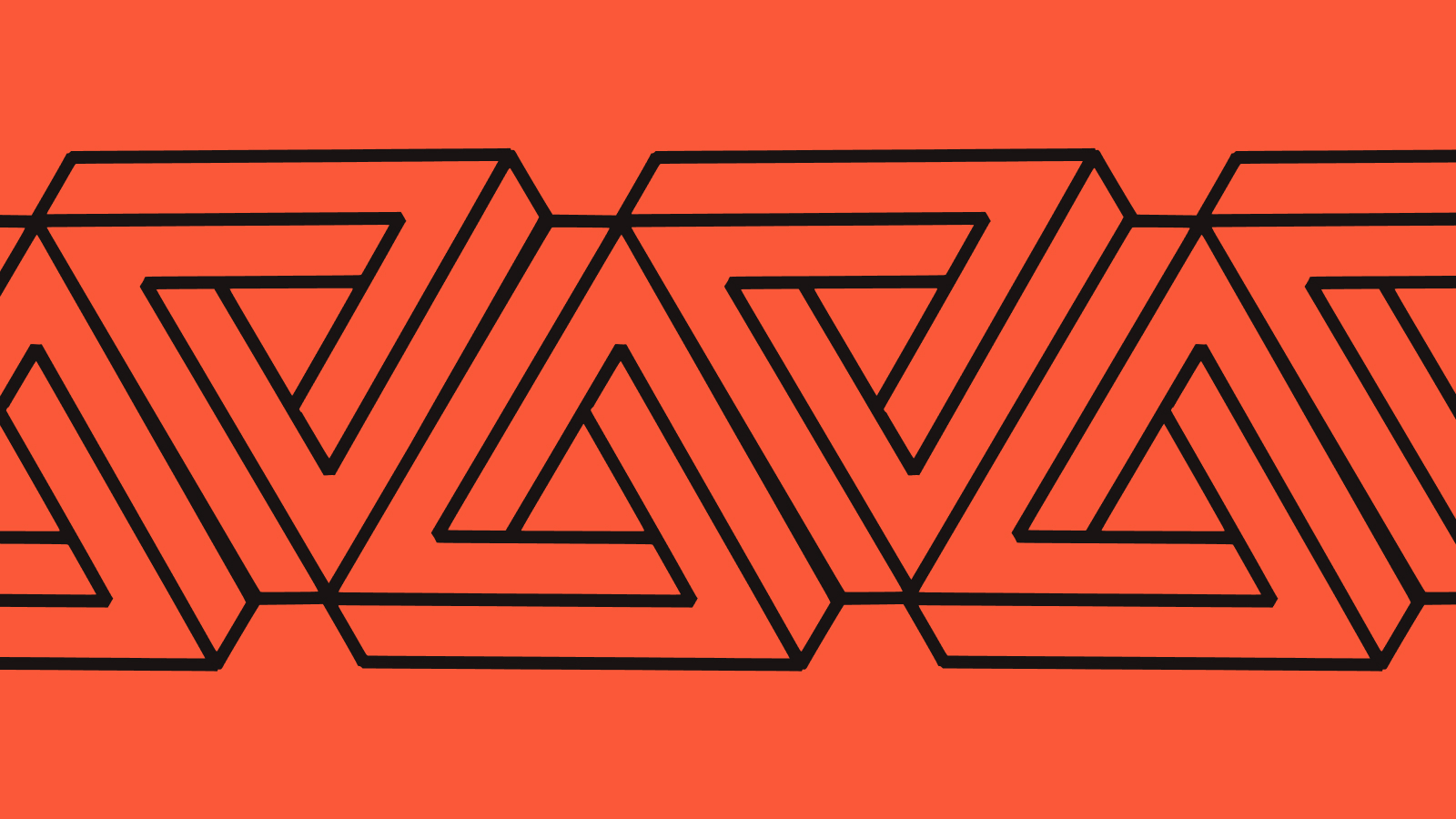Blockchain Scalability: The Trilemma and Modern Scaling Solutions

TL;DR
- Blockchain scalability refers to a network’s ability to grow in user demand and transaction volume without losing speed, cost-efficiency, or decentralization.
- The Scalability Trilemma outlines the tradeoff between decentralization, security, and scalability - where optimizing two typically weakens the third.
- Scaling solutions are evolving: Layer 2s (like rollups), sharding, modular blockchains, and alternative consensus models all aim to break the limits.
- Altius Labs is building and optimizing infrastructure to help Web3 protocols scale efficiently, without compromise.
Why Scalability Matters in Blockchain
Blockchain adoption is expanding, but traditional chains like Bitcoin and Ethereum face limitations in how many transactions they can process per second. For example, Ethereum averages around 15 TPS (transactions per second), compared to Visa’s 24,000 TPS.
As more users and developers enter the space, scalability becomes essential. Without it, transaction fees soar, apps slow down, and the user experience suffers. Scaling is the key to unlocking Web3’s mainstream potential - from DeFi and NFTs to decentralized identity and gaming.
What Is the Blockchain Scalability Trilemma?
Coined by Vitalik Buterin, the scalability trilemma suggests that a blockchain system can only optimize for two out of three key properties at once:
1. Decentralization
How distributed the network is - more nodes mean better censorship resistance and openness.
2. Security
How well the network resists attacks and guarantees trustless operation - critical for financial applications.
3. Scalability
How many users, transactions, or applications the chain can handle without degrading performance.
The challenge? Boosting scalability often involves giving up some decentralization or adding trust assumptions. Let’s break this down with some examples:
- Ethereum (Layer 1): Highly secure and decentralized, but slow and expensive under congestion.
- Solana: Fast and scalable, but historically leans more centralized with fewer validators.
Solving the trilemma is not about eliminating tradeoffs completely - it’s about smart architecture choices.
Major Approaches to Scaling Blockchain Networks
Let’s walk through the key technologies being used to address the trilemma and improve blockchain scalability.
Layer 2 Scaling (Rollups)
Layer 2s offload computation and transaction bundling from the base chain. Rollups (Optimistic or ZK) compress hundreds of transactions into one on-chain proof.
- Pros: Lower fees, higher throughput, strong security if anchored to L1
- Cons: Complexity, fragmented UX, delayed withdrawals (in some models)
Examples: Arbitrum, Optimism, Starknet, zkSync
Sharding
Sharding splits the blockchain into parallel “shards” that process transactions independently. It’s like having multiple blockchains that sync under one consensus.
- Pros: Near-linear scalability, lower data burden per node
- Cons: Cross-shard communication is complex, and it’s still under development in Ethereum
Sidechains
Independent blockchains connected to L1s by bridges. They often use different consensus models and are ideal for specific use cases.
- Pros: Customizable, fast, isolated from mainnet issues
- Cons: Usually less secure, bridge risks
Examples: Polygon PoS, BNB Chain
Modular Blockchain Architecture
Modular design splits the blockchain into layers: execution, data availability, consensus, and settlement. Projects can specialize in one or more of these components.
- Pros: Flexibility, upgradeability, composability
- Cons: Requires coordination across protocols
At Altius Labs, we’re building tooling and infrastructure aligned with the modular paradigm - enabling Web3 teams to choose best-in-class components for scalable, custom systems.
How Modular Design Changes the Scalability Game
Traditional monolithic chains try to do everything (execution + consensus + data) in one layer. Modular chains rethink this approach:
- Execution Layer: Runs smart contracts (e.g., Rollups)
- Consensus Layer: Orders transactions (e.g., Ethereum, Cosmos Hub)
- Data Availability Layer: Publishes/verifies transaction data (e.g., Celestia, EigenLayer)
By separating concerns, modular chains can scale each layer independently and allow specialization, much like microservices in cloud infrastructure.
This unlocks a new level of scalability without compromising decentralization or security - a critical step toward solving the trilemma.
Final Thoughts – Scaling Web3, One Layer at a Time
Blockchain scalability is no longer an academic debate - it’s a core battlefront in Web3 infrastructure. As users, capital, and applications flood the ecosystem, performance needs to keep up.
The solutions aren’t one-size-fits-all. That’s why Altius Labs is helping builders tap into modular infrastructure, rollup frameworks, and next-gen execution layers to scale with precision.
Let’s build the future - without limits.
.svg)
